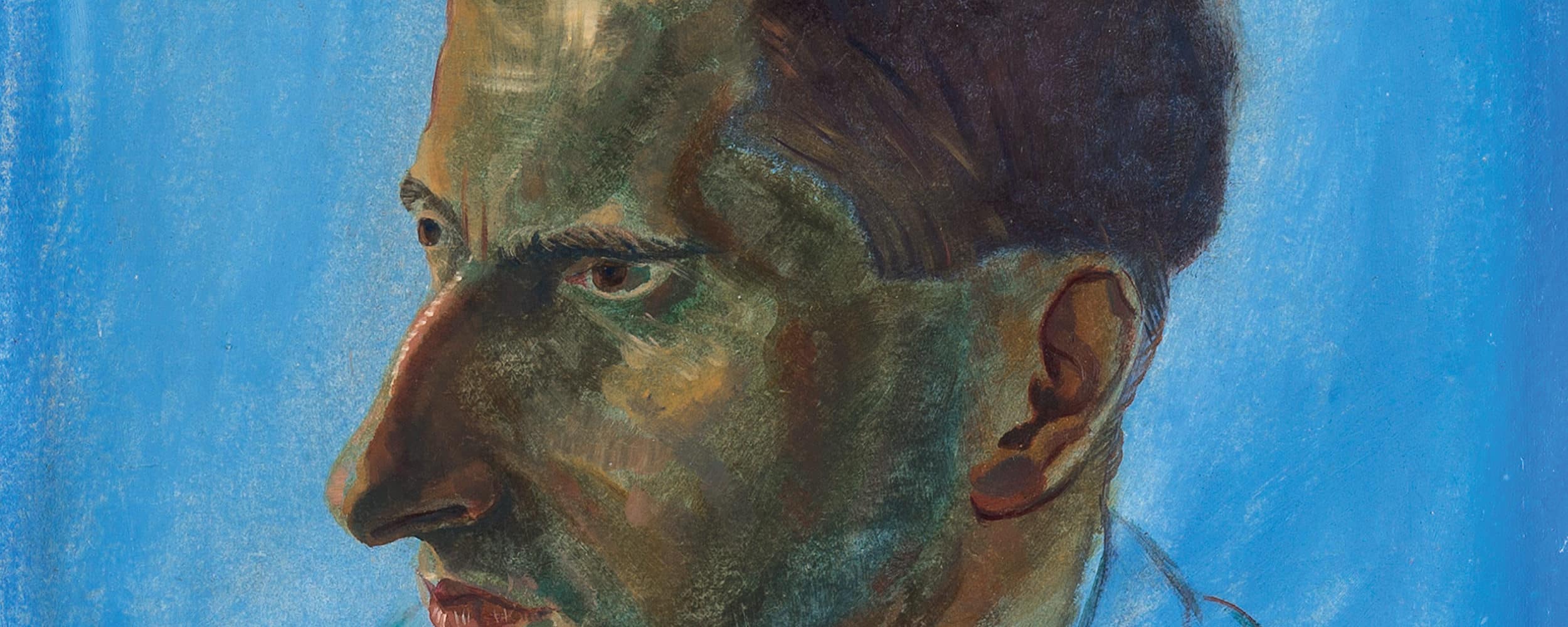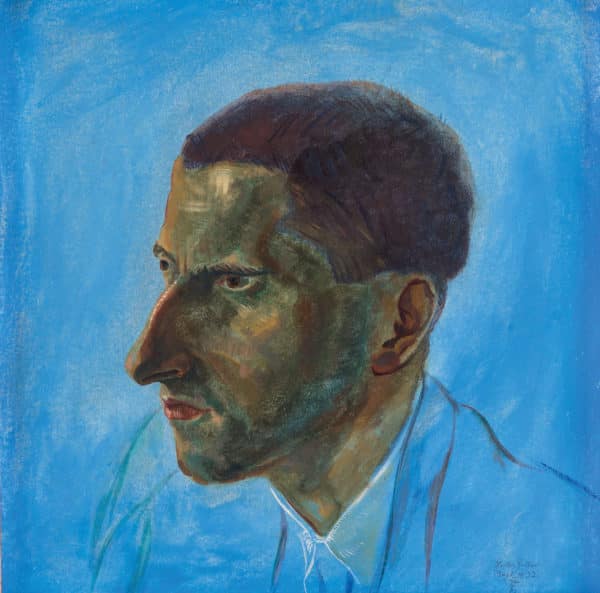

Theodor Zeller was born in Donzdorf in Swabia. Shortly before he was due to take his final exams, Zeller volunteered for the army. After the war, in 1920–21, he took the school exams that he had earlier postponed. At his mother’s request, he then registered at the University of Tubingen in 1922 to study theology and philosophy with a view to becoming a priest. He briefly switched to the University of Freiburg im Breisgau, and a scholarship also allowed him to study at Munich University for two semesters. He applied to join the Munich Academy of Fine Arts, but was rejected. Back in Freiburg, Zeller abandoned his studies of theology and turned instead to painting. He first studied the basics of life drawing under Hans Lembke. In 1927, a patron provided the funds for him to spend a year studying art in Florence. In 1928 Zeller married Eva-Martina Gurschner from Vienna. They moved to Denzlingen near Freiburg, where Zeller henceforth worked as a freelance artist in his own studio. From 1935 onwards, the family was increasingly exposed to personal hostility because Eva-Martina was Jewish. She was sent a letter ordering her enforced sterilisation, upon which she fled to Rome. She found work in the Villa Massimo, which at the time was home to many German artists, but was fired when she was unable to provide proof of “Aryan” heritage.
In 1937, Theodor Zeller refused to join the Imperial Chamber of Culture and was thereupon banned from exercising his profession. His artworks were removed from the Augustinermuseum in Freiburg as part of efforts to expunge “degenerate” art. In 1938, Zeller left Germany and went into exile in Rome. He and his wife found refuge in a Capuchin monastery in Palestrina outside Rome, though they were compelled to relinquish their place to an Italian officer in 1941. In the following years, the Zeller family lived in various cities in Italy, with Florence their final stop before the family was forced to split up. Zeller initially remained in Florence, working as an interpreter and civil servant, until he was taken prisoner by the Americans. He was released in 1946, and he and his family moved to Munich the following year.
